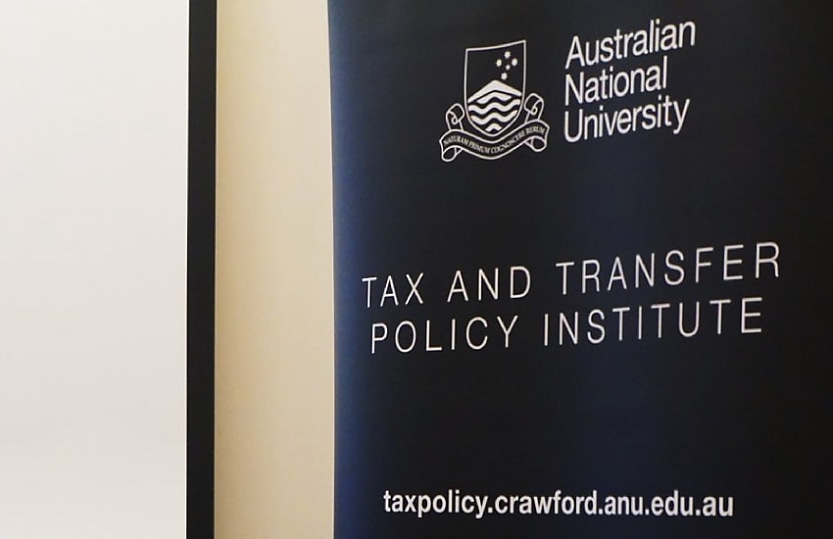Self-employed, trust beneficiaries gamifying tax brackets, research finds

The self-employed and trust beneficiaries are gaming Australia’s progressive tax system to pay less, and our tax system gives them “myriad” opportunities to do so, expert says.
By international standards, Australia's tax system makes it easy for taxpayers to modify their taxable incomes to pay less under lower tax brackets, research has found.
Relying on 189 million tax records from 2000 to 2018, researchers from the Australian National University (ANU) and the University of Sydney brought the true prevalence of income “bunching” into view.
The federal government collects personal income taxes on a progressive basis, meaning that tax rates increase with higher earnings.
However, the relationship is imperfect, and the use of tax brackets means some degree of clustering is only to be expected around the upper extremity of each bracket.
In Australia, however, the bunching goes far beyond the norm. At some “kink points,” there are as many as 50 times more taxpayers than would otherwise be expected and it happens at all income thresholds, the researchers found.
Given the flexibility to determine their incomes, bunching is almost exclusively carried out by self-employed individuals and taxpayers with trusts.
“It’s not coming from people saying, ‘I prefer leisure to money,’” co-author ANU professor Robert Breunig told Accounting Times.
“All the effects are coming through things people are doing around trust structures or business income or deductions.”
Australia’s tax system is unique in the “wide range” of deductions it allows, making it comparatively easy for individuals to “target a desired taxable income.”
It has been largely stable for at least the last two decades, meaning taxpayers can develop sophisticated bunching methods.
To date, most bunching research has been conducted in the US and Scandinavia. Compared with those countries, Australia has “so much more [bunching],” said Breunig.
“We have lots more ways to adjust your taxable income or to make lots of deductions,” he added.
Concerning deductions, much of the bunching arises through Australia’s relatively broad work-related expenses allowances.
An odd result emerged when, from 2008 to 2009 a tax bracket was raised from $150,000 to $180,000. Suddenly, he said, many of those who had been earning just under $150,000 were inching up on $180,000.
“These people weren’t suddenly working $30,000 more, they were getting a distribution from a company or a trust to that amount,” said Breunig.
The study also found “significant variation” among different demographic groups.
Income elasticity – a measure of behavioural responses to tax rates – was higher among married females, females with children, younger individuals and those with greater opportunity to shift incomes within their household.
These demographic differences did not apply to salary earners and are presumed to result from females being more likely to be secondary earners.
When asked why we should be concerned about the trend, Breunig answered that bunching was not the issue.
“In a perfect system … you would still have some small amount of bunching,” he said. The problem is what it suggests about our tax system.
“It’s a symptom of a deeper problem with our tax system in that we have very high rates, but then a lot of complexity that allows some people not to pay those high rates,” said Breunig.
“Maybe we’d have a better system if everything was taxed at a lower rate and there weren’t so many ways to get around paying tax.”
About the author

